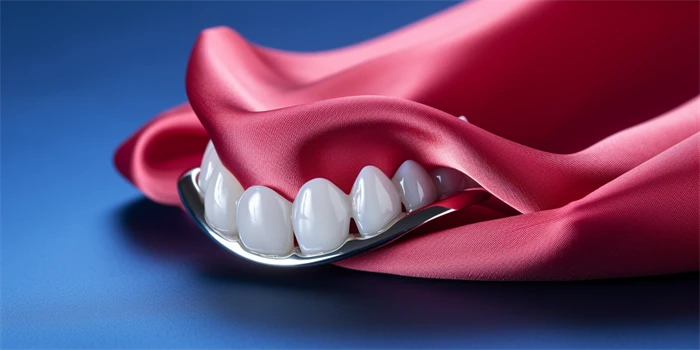A dental implant is a popular option for replacing missing teeth. It involves placing a titanium post in the jawbone, which acts as an artificial tooth root. Over time, the surrounding bone fuses with the implant, providing a stable foundation for a dental crown. However, some individuals wonder if a dental implant can stimulate bone growth without the abutment, the component that connects the implant to the crown. In this article, we will explore this topic from various angles, providing you with comprehensive insights into this matter.

Understanding Dental Implants
Dental implants are considered a state-of-the-art solution for tooth replacement. The process involves surgically inserting a titanium post into the jawbone, which acts as an anchor for the replacement tooth or teeth. The implant fuses with the bone, providing stability and preventing bone loss that can occur when a tooth is missing. However, the abutment, which connects the implant to the crown, plays a crucial role in the overall success of the dental implant procedure.
Without the abutment, the dental implant may still integrate with the bone, but it may not provide the desired long-term functional and aesthetic results. The abutment serves as a connector, allowing the placement of a dental crown or other prosthetic restoration on top of the implant. Moreover, the abutment helps distribute the forces exerted on the implant evenly, reducing the risk of complications and ensuring optimal oral health.
The Role of Abutment in Bone Stimulation
While the primary role of a dental implant is to replace a missing tooth, it also serves another essential purpose – stimulating bone growth. The presence of an implant in the jawbone encourages the surrounding bone cells to regenerate and remodel. The mechanical stress placed on the bone during chewing and biting helps maintain its density and strength. However, the abutment further enhances this process.
The abutment provides stability for the crown, allowing functional forces to be transmitted through the implant and into the bone. This stimulation helps promote bone remodeling and prevents bone loss over time. Without the abutment, the functional forces cannot be effectively transferred to the bone, limiting the potential for bone growth and possibly resulting in bone resorption. Therefore, to ensure the long-term success of dental implants, the abutment is a crucial component.
Pricing Considerations
When considering dental implants, it is essential to factor in the overall cost. The average price of a single dental implant can range from $3,000 to $4,500, depending on various factors such as the location, complexity of the case, and materials used. Additional costs may arise if bone grafting or any supplementary procedures are required to ensure the success of the implant.
It's important to note that pricing can vary significantly depending on the dental professional and geographical location. It is advisable to consult with a qualified dentist who can provide an accurate estimate based on your specific needs and circumstances.
Frequently Asked Questions
1. Can a dental implant be successful without an abutment?
No, the abutment plays a crucial role in the long-term success of a dental implant. It provides stability for the crown and allows functional forces to be transmitted to the surrounding bone, stimulating bone growth.
2. Is the abutment included in the cost of a dental implant?
Yes, the cost of the abutment is typically included in the overall price of the dental implant. However, additional charges may apply if custom abutments or specialized materials are required.
3. How long does it take for the implant to integrate with the bone?
On average, the process of osseointegration, where the implant fuses with the jawbone, takes about 3 to 6 months. However, individual healing times may vary.
References:
- American Academy of Periodontology - Dental Implants
- American Association of Oral and Maxillofacial Surgeons - Dental Implant Surgery
- National Center for Biotechnology Information - Osseointegration of Dental Implants



